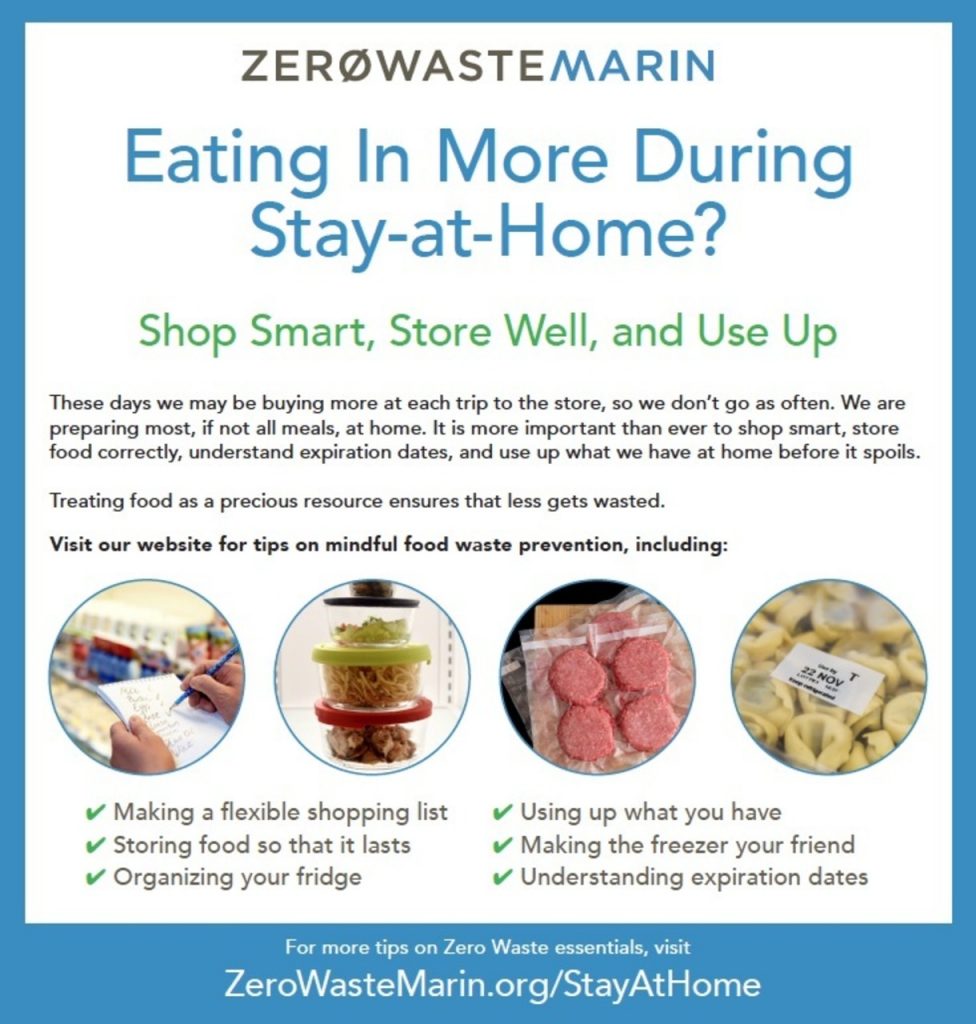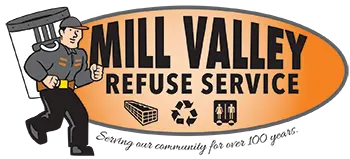During this difficult time, moving toward zero waste may not be at the top of our to-do lists. The COVID-19 restrictions present multiple challenges to our usual waste reduction habits. For example, the ban on reusable bags and cups forces us to use more disposables; we may overbuy as we try to reduce trips to the store; and drop-off facilities for household hazardous waste or donation items are closed. But it is still possible — and desirable — to waste as little as possible as we strive to stay healthy and sane.
These days we may be buying more at each trip to the store, so we don’t go as often. We are preparing most, if not all meals, at home. As our routines change, let’s make sure we prevent food waste as much as possible.
Here are some tips to get started:
- Shopping: Make a list and check what foods you already have, maybe hiding in the back of your fridge or pantry, to avoid unnecessary purchases.
- Storage: Fridge, pantry or countertop? Where and how you store fresh produce really affects its shelf-life.
- Organize your fridge: Use clear, labeled containers to find and remember foods. Designate an area for most perishable items to use up first.
- Leftovers: They’re are instant meals or can be the base for a new dish. Try fried rice or pot pie to use up ingredients.
- Expiration dates: They mark peak freshness, but most foods are safe to eat beyond the “best by” date. Your senses can help you assess.
Don’t forget that food scraps belong in your green Compost cart.
For details on these food saving tips, links to guides, recipes and more visit www.zerowastemarin.org.

